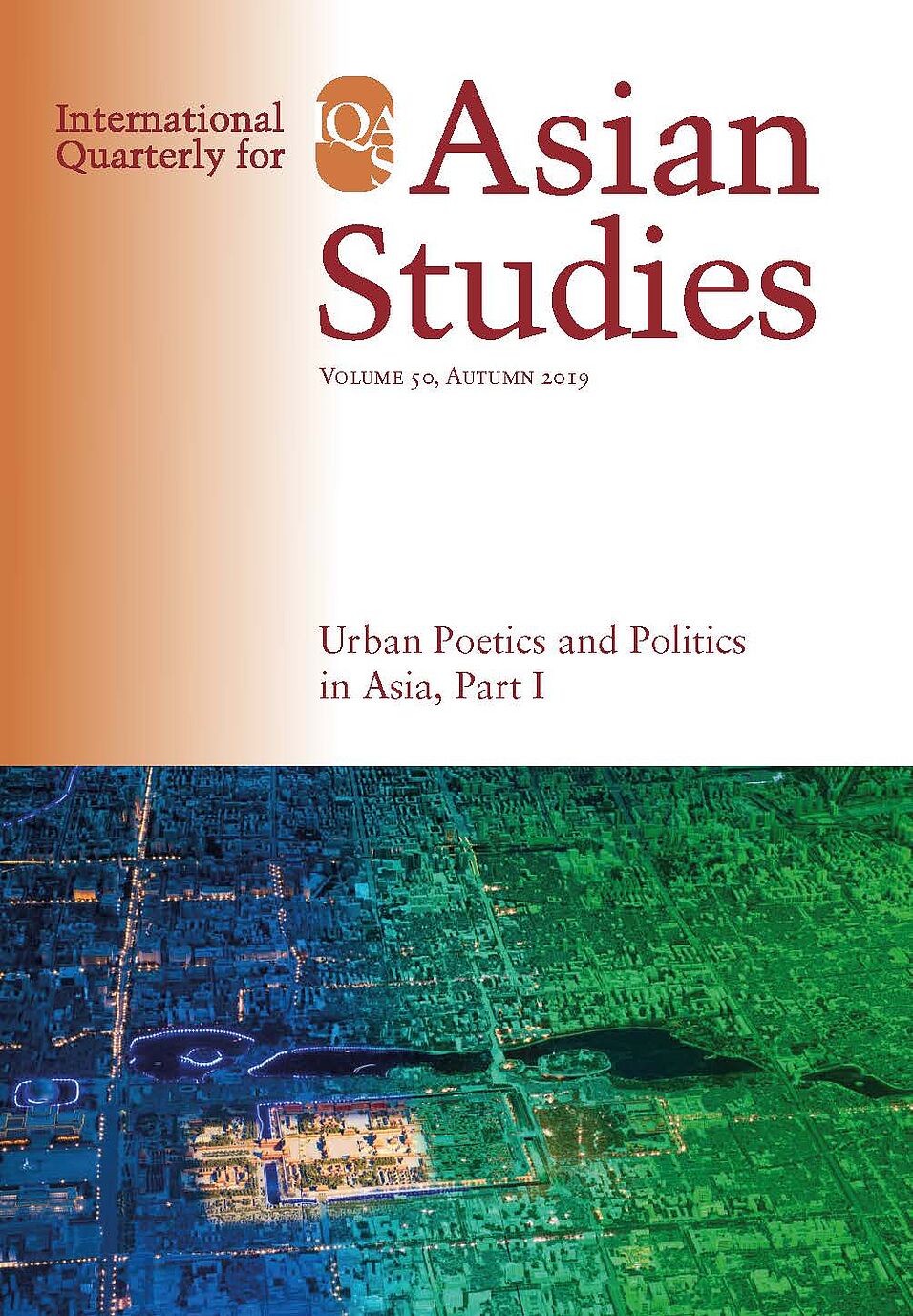ABSTRACT
This paper critically discusses the method of participant observation (as ethnographic method and everyday practice), which consists of participation, observation and mediation, and suggests adjustments, through the lens of perception, which seem necessary in smartphone-saturated cities. The author argues that digital and material forms of mediation lead to different possibilities and limitations of sensory perception. These therefore need to be consciously acknowledged in the social production and construction of space and place. Through a focus on human perception, the challenges that individualised on-site media consumption provides to the concepts of participation, perception and mediation are discussed. In this regard, the interface, most prominently the screen, functions as a nexus that retranslates information through mediation back into the field of human perception. Mobile digital communication can therefore enrich the sphere of perception (at site), but what is digitally mediated is at the same time constrained by the technical and translational possibilities of the medium and the interface. The case study of the Shimokitazawa Curry Festival in Tokyo is used to show how participation, multisensory perception and mediation are practiced in an urban setting. The same case also provides empirical data concerning multisensory participation as a method that is facing new challenges through increasing mobile digital communication.
Purkarthofer, F. (2020)
"Tokyo behind Screens: Participant Observation in a City of Mobile Digital Communication", International Quarterly for Asian Studies, 50 (3-4), 55–78.
https://crossasia-journals.ub.uni-heidelberg.de/index.php/iqas/issue/view/747

